Steve Little, AI genealogy expert, posted on his AI Genealogy Insights blog the following information about a free online session on Wednesday, 10 December. Worthwhile for those open to exploring how AI can help the genealogist, and how it can’t.
|
Steve Little, AI genealogy expert, posted on his AI Genealogy Insights blog the following information about a free online session on Wednesday, 10 December. Worthwhile for those open to exploring how AI can help the genealogist, and how it can’t.
|
Since 1 November, the map experts at the National Library of Scotland have updated their website with four significant map collections that will help visualize the places our ancestors lived.
Most recently released were 354 early printed maps of Great Britain and Ireland, ranging from the 1570s to the 1960s, including town plans that show how local infrastructure developed over centuries.
They also digitized over 6,600 sheets from the Second Land Utilisation Survey. These maps from roughly 1958 to 1974 show specific land usage like industrial zones or arable farmland. You can now overlay these onto modern satellite imagery to see changes.
For researchers focusing on England and Wales, there are 1,329 new “earlier states” of the Ordnance Survey Six-inch first edition. These sheets, covering the 1840s to 1880s, are valuable because they can reveal details like railway lines or boundaries that were altered in later printings.
Finally, the library added 1,860 Survey of India maps (1912-1951). These provide detailed coverage of India, Bangladesh, Burma, and Pakistan.
Find a link, and more about NLS developments in their December Newsletter.
The Government of Canada (GC) Artificial Intelligence (AI) Register collects information about the Government of Canada’s AI systems. Its publication fulfils a commitment made in the AI Strategy for the Federal Public Service 2025-2027.
This version of the GC AI Register is called a minimum viable product (MVP), an early version with only basic features and content. It collects information about AI systems that are or have been in use within the GC.
The register shows that LAC has engaged in 8 distinct AI initiatives from 2018 to 2025. The majority of these initiatives focus on digitizing, classifying, and transcribing historical records to make them searchable for the public and government employees. Six entries are completed or “Retired” pilot projects; two major systems remain “In Production.” One of those two, the 1931 Census, is classified as for public access. It is unclear which of the “Retired”, legacy projects have resulted in publicly accessible material.
Key Areas of Focus
LAC utilizes AI (specifically OCR and Handwritten Text Recognition) to convert scanned images into searchable text.
1931 Census Index: A production-level partnership with Ancestry and FamilySearch to index ~10 million names.
Indigenous Records (RG10): A massive project to transcribe ~6 million pages of the Department of Indian Affairs records using Transkribus.
Newspapers & Orders-in-Council: A pilot using Transkribus to transcribe Canadian newspapers (high success rate) and legal registers (mixed success due to scan quality).
Immigration Records: Used AWS Textract to extract data from over 11,000 pages of the Canada Gazette for genealogy search.
Several pilot projects were aimed at organizing internal government data and reducing “ROT” (Redundant, Obsolete, Trivial) information.
Network Drive Cleanup: A project with Oproma ( project management software) that successfully classified 3.5 million documents and moved them to GCdocs.
Metadata Enrichment: Pilots to automatically categorize archival files and generate metadata for government publications to improve information architecture.
CANChat: A current production system developed with Shared Services Canada. It is a generative AI chatbot trained on 50 TB of Canadian sovereign data (including the Government of Canada Web Archive) to assist employees with drafting and research while ensuring data remains in Canada. See a bit more detail at https://www.canada.ca/en/shared-services/campaigns/stories/canchat-sscs-first-generative-ai-chatbot.html
FamilySearch Full Text Search added approximately 21 million Italian records on 1 and 2 December. That’s over 90% of the additions so far this month. It includes about 4.5 million births/baptisms, 11.5 million marriages, and 3.5 million deaths/burials.
These cover the entire peninsula, but there is a heavy emphasis on:
Several collections are indexed under pre-unification state names, before 1861:
There are several Italian collections (Emilia-Romagna, Veneto) with massive record counts explicitly listed for 1955 or for close ranges (1951-1952). It may be that they recently cleared a 70-year privacy embargo.
With his appointment as Minister of Canadian Identity and Culture, as well as Minister responsible for Official Languages, Library and Archives Canada now reports to Marc Miller.
Like most of his predecessors, he represents a Quebec riding; his is Ville-Marie—Le Sud-Ouest—Île-des-Sœurs, which he has represented since 2015. Multilingual, a lawyer by profession, he previously served as Minister of Indigenous Services from 2019 to 2021, Minister of Crown–Indigenous Relations from 2021 to 2023, and Minister of Immigration, Refugees and Citizenship from 2023 to 2025.
It’s just been released! I’ve not reviewed it yet. Here’s their overview.
“Co-hosts Mark Thompson and Steve Little examine Google’s groundbreaking Gemini 3 release, which delivers state-of-the-art multimodal reasoning and sets a new benchmark for AI capabilities. They also explore ChatGPT’s upgrade to version 5.1 with improved instruction following and better handling of longer conversation.
The hosts discuss Canva’s new Creative Operating System, which now generates AI-powered designs directly within the platform.
This week’s Tip of the Week demonstrates how Gemini 3 can use the context you provide it to greatly improve the accuracy of your hand written transcription.
In RapidFire, they cover NotebookLM’s new deep research mode, Nano Banana’s integration into Photoshop, Anthropic’s privacy policy changes regarding training data, and how Claude’s new usage monitoring feature can reduce your stress level.”
Miscellaneous items I found interesting this week.
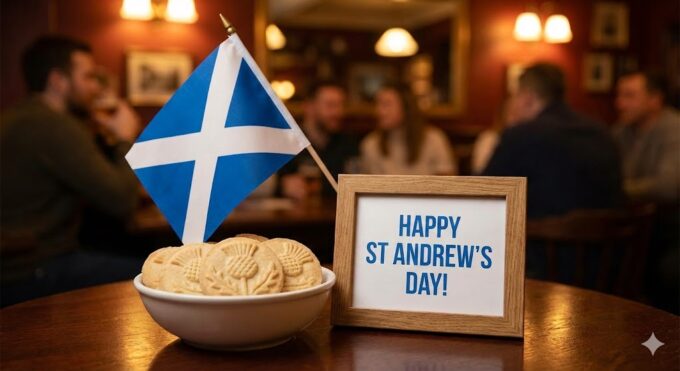
Lakeshore Genealogical Society
I was saddened to read in the OGS eWeekly of the closure of the Lakeshore Genealogical Society as of September 1, 2025. Sustaining a small society is increasingly challenging. The society website will close at the end of 2025. Are there resources there that you need that will disappear?
A UK Year in Archives
TNA’s annual publication about and for the UK archives sector. It brings together stories and case studies from across the sector, showcasing and celebrating archives and their work.
Nate’s Deli, Ottawa’s Longest Sandwich Line
Colour-coded Weather Alerts
Canada has adopted the yellow – orange (amber) – red weather alert system widely used internationally.
“At this point, AI tools like Gemini should be able to make most digitized handwritten documents searchable and readable in transcription.”
Also see Mark Humphries post Gemini 3 Solves Handwriting Recognition and it’s a Bitter Lesson
Thanks to the following individuals for their comments and tips: Anonymous, Gail, Glenn Wright, Nick Mcdonald, Teresa, and Unknown.
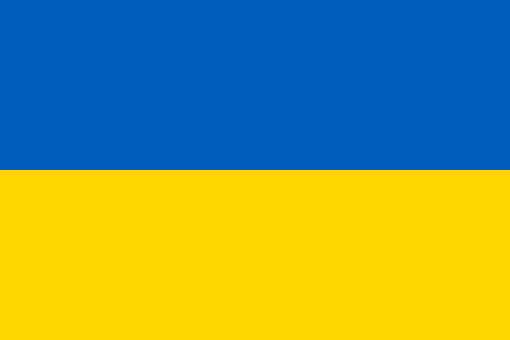
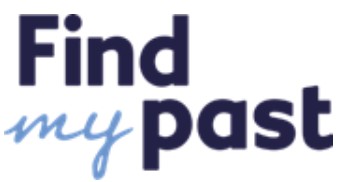 Here are the details of the new Findmypast collections.
Here are the details of the new Findmypast collections.
Significant updates have been made to parish records for these two counties, covering the 1500s through the 1900s.
Baptisms: 27,200 new records.
Burials: 2,827 new records.
Most of these search results provide a transcript of the vital information found in original registers or bishop’s transcripts. Note a key distinction in this release regarding images:
College of Arms: Records sourced from the College of Arms (the heraldic authority for England, Wales, Northern Ireland, and the Commonwealth) include images of the registers they created.
Durham University Library: The burial collection includes a set of images sourced from the university archives.
New Zealand Birth, Marriage and Death Records
This is the largest addition by volume this week, with 291,528 records added. The collection covers specific years—1925, 1945, and 1975—suggesting a structured expansion of the existing index.
This smaller collection of 2,511 records could prove helpful for ancestors who were members of the Institute during a period of rapid technological change in Britain. I was unable to access it!
The archive has grown by 204,327 pages this week, featuring four brand new titles and updates to twelve existing publications.
New Titles
Financial Reformer (1858, 1860-1868, 1871-1873)
Galway Weekly Advertiser (1823-1829, 1840-1843)
Hackney Standard, Bethnal Green and Shoreditch Chronicle (1880-1889, 1900-1907)
Society Times (1889-1891)
Updated Titles
Alnwick Mercury (1947-1949, 1986-1992)
Banffshire Journal (1913, 1921-1947)
Belfast Morning News (1873-1878)
Bo’ness Journal and Linlithgow Advertiser (1879-1883, 1892-1895, 1897-1913, 1921-1939)
Bromyard News (1903-1909, 1911-1912, 1925-1954, 1962-1965)
Dublin Evening Post (1871-1875)
Durham Chronicle (1889)
Fife News (1870-1874, 1878, 1891-1913, 1921-1950)
Globe (1822-1824, 1861-1862)
Southern Daily Mail (1897-1898, 1901-1904)
Yorkshire Evening Post (1999-2001, 2004)
Did you see these offers?
23andMe, order by 16 December, 25 to 60% off — https://www.23andme.com/en-ca/
Fold3, Cyber week, 50% off – Save 50% on a premium membership —
https://www.fold3.com/go/join-holiday/?xid=8048
Newspapers.com, 40% off until 7 September — https://www.newspapers.com/go/gift/?xid=9560
FamilyTreeDNA, $20 – $50 US off on Y-DNA tests until 3 December —
https://www.familytreedna.com/products/y-dna
RootsMagic, version 11, $10 to $20 US off until 2 December —
https://www.rootsmagic.com/rootsmagic/buy
Findmypast, save up to 40% until 30 November
https://www.findmypast.com/
Every now and again, I investigate patents recently granted using the term genealogy. Often the hits don’t relate to family history. Here are some published in the last two months that look interesting. The abstract is often complicated. I asked AI to simplify it to a grade 10 level. Here’s the result – verbatim.
ARTIFICIAL INTELLIGENCE-BASED EVENT GENERATION METHOD AND SYSTEM FOR GENERATING MEMOIR EVENTS BASED ON INFORMATION ASSOCIATED WITH USERS
Simplified Abstract
This patent describes an AI-powered method and system that automatically generates memoir events—stories about meaningful moments in a person’s life—by analyzing information collected from users.
The Process:
The AI-based event generation method works through several key steps:
This technology enables users to preserve their memories in narrative form without manually writing each story, as the AI interprets their data and transforms it into meaningful memoir content.
SYSTEMS AND METHODS FOR PERFORMING AXIOMATIC ANCESTRAL STRATIFICATION BY KINSHIP
Simplified Abstract
This invention describes a computer system that helps people understand how their DNA matches are related to them through common ancestors. When people take DNA tests, they often get hundreds or thousands of matches, but it’s hard to figure out exactly how everyone is connected. This system solves that problem.
Main Components:
1. AASK Process (Axiomatic Ancestral Stratification by Kinship)
This is the core method that organizes DNA matches into family groups based on shared ancestors. The process takes people who match your autosomal DNA (the DNA inherited from both parents) and sorts them into hierarchical groups—like a family tree structure—showing which ancestor you have in common with each match. Even when DNA matches share very little genetic material and seem unrelated at first, this system can identify their connection through common ancestral family lines.
2. Desktop Tools
The system includes automated scripts (computer programs), formulas, and organized data structures that work with common spreadsheet programs like Microsoft Excel. These tools help individual users analyze and organize their DNA matches on their personal computers. The automation makes it easier to correlate data and create tables showing family relationships without doing all the work manually.
3. Enterprise Database System
For larger-scale operations, the invention provides a complete database management system (DBMS) with specialized data tables and methods. This allows companies or organizations to use the AASK process with large amounts of data, managing thousands of users and millions of DNA matches efficiently.
How It Helps:
Instead of looking at a confusing list of DNA matches, users can see their matches organized by which ancestral family line they share. This makes genealogical research much more manageable and helps people trace their family history more accurately.
Warning: These could remind you of the saying “Laws are like sausages. It’s better not to see them being made.”
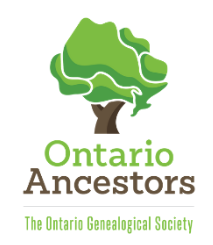 When: This evening, Thursday 27 November 2025, at 7 pm ET
When: This evening, Thursday 27 November 2025, at 7 pm ET
Title: Finding the records for impossible genealogy – lessons learned from a Chinese Canadian genealogist
Speaker: Linda Yip
Details: When researching your family tree, we are taught to look for resources like birth, marriage and death records, land records and many others. In this session, Linda will explain how family historians exploring underrepresented populations may find rich and unexpected records created by exclusionary laws. While the examples draw from Linda’s expertise in tracing Chinese families, family historians researching other “impossible” groups will be sure to gain insights and tips they can use in their research.
You are invited to an online-only meeting. Register in advance for this Zoom presentation:
https://us02web.zoom.us/meeting/register/4aaWl3cnTxugYfCtgBv4DQ
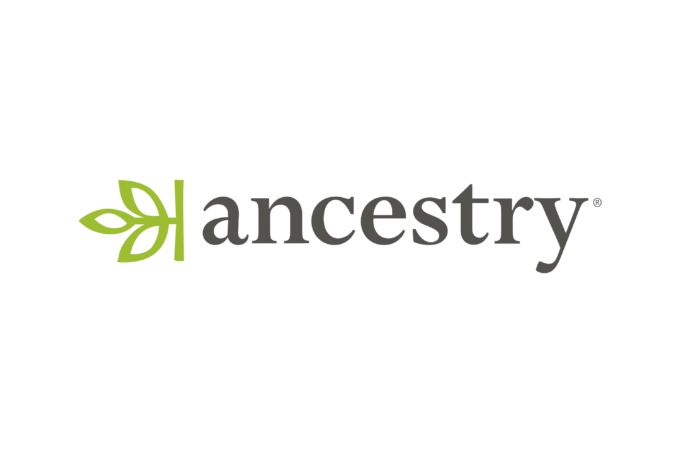 This new 554,557-item collection is an index of information extracted from judicial rent lists filed in Ireland for the 20 years from 1882 to 1902. The index includes the names of individuals involved in court proceedings regarding fair rent practices, free sale of property, and permanent tenancy, as well as tenants and landlords.
This new 554,557-item collection is an index of information extracted from judicial rent lists filed in Ireland for the 20 years from 1882 to 1902. The index includes the names of individuals involved in court proceedings regarding fair rent practices, free sale of property, and permanent tenancy, as well as tenants and landlords.
There appears to be good coverage across Ireland.
Images of the original records are not included in the collection.